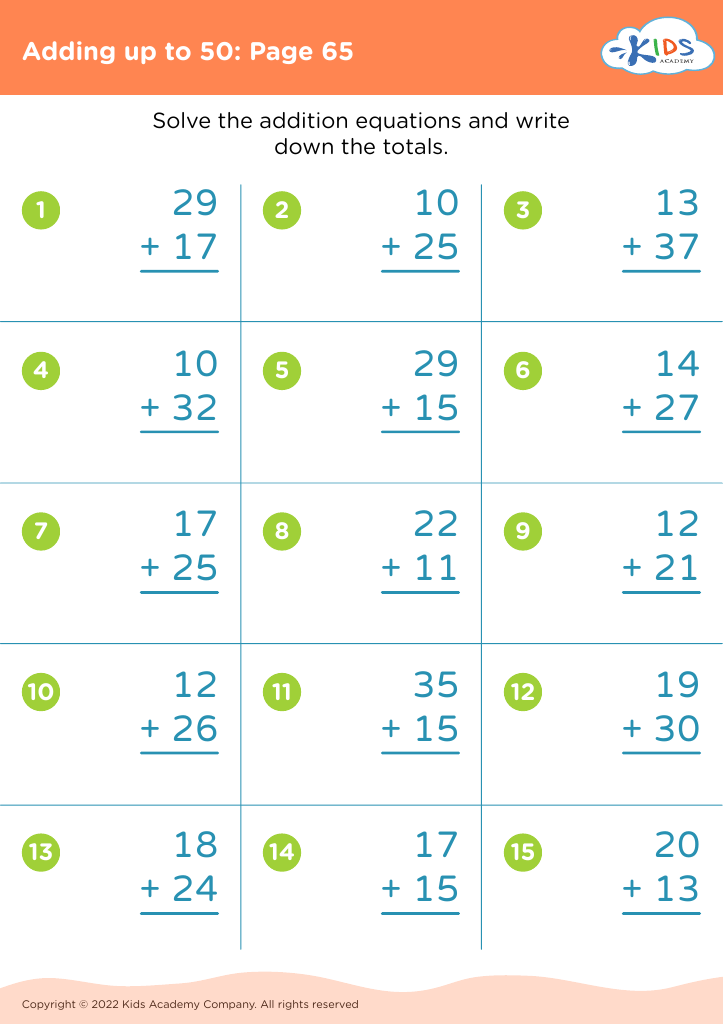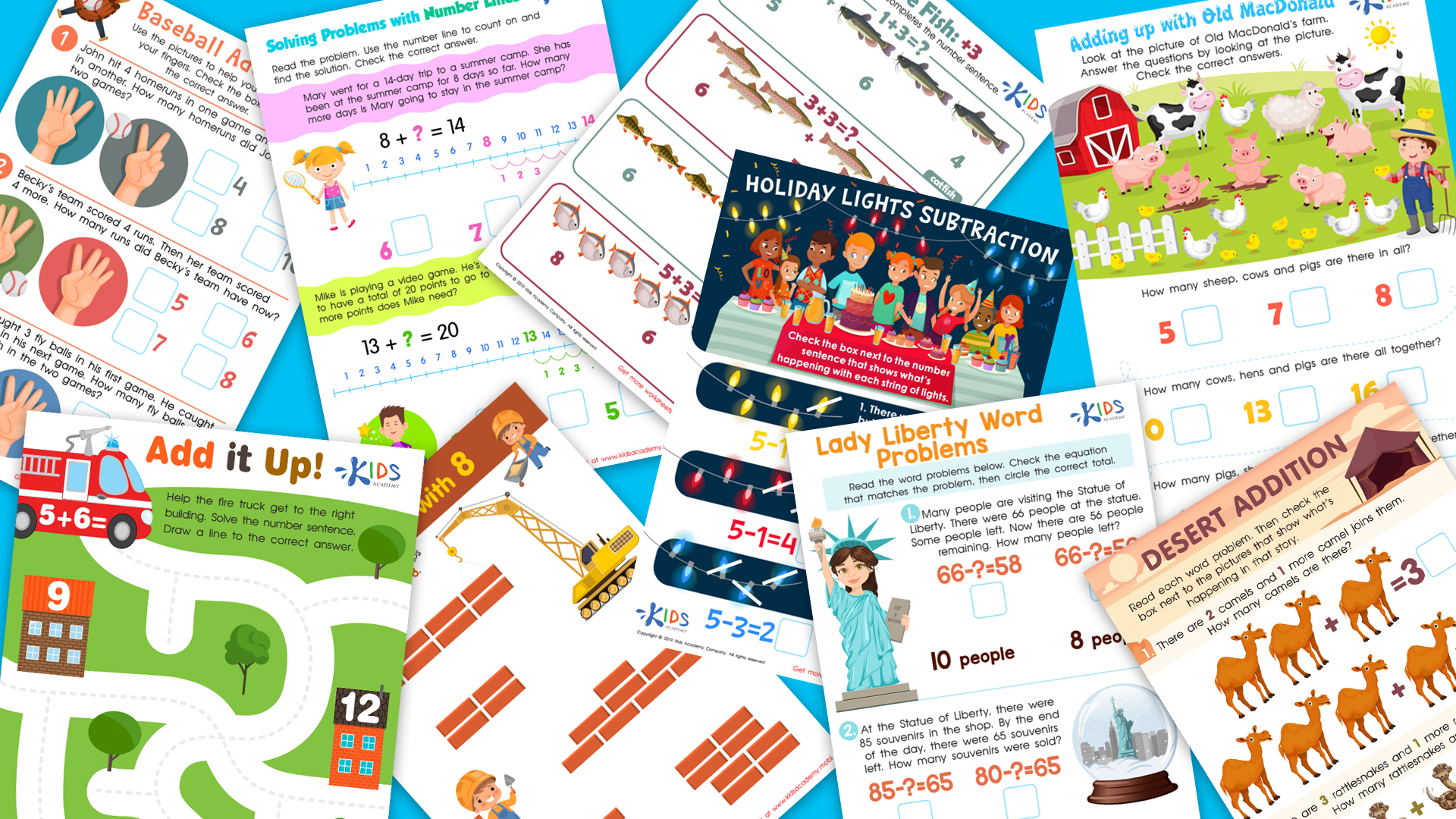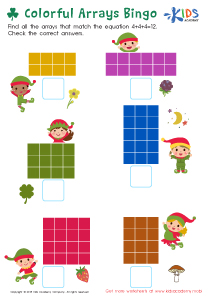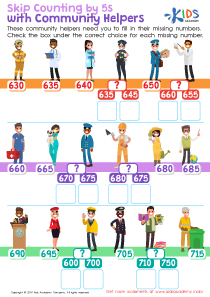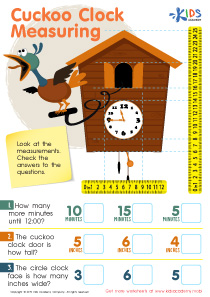Understanding number relationships Grade 2 Math Worksheets
3 filtered results
-
From - To
Discover an engaging collection of Grade 2 math worksheets focused on understanding number relationships! Our resources empower young learners to grasp essential concepts such as greater than, less than, and equivalent numbers. With colorful visuals and thought-provoking exercises, these worksheets enhance students' mathematical thinking and promote number sense. Children will develop skills in comparing numbers, recognizing patterns, and enhancing their addition and subtraction strategies. Perfect for classroom use or at-home practice, these worksheets create a solid foundation for future math success. Encourage your second grader to explore the world of numbers with our well-designed, interactive worksheets that make learning fun and effective!


10 Tens Make 1 Hundred Worksheet
Understanding number relationships in Grade 2 math is crucial for both parents and teachers because it lays the foundation for more advanced mathematical concepts. At this stage, students begin to grasp the connections between numbers, which fosters critical thinking and problem-solving abilities. When children understand how numbers relate to each other—such as in addition, subtraction, and patterns—they develop stronger numerical fluency and confidence in their math skills.
Furthermore, recognizing number relationships helps students learn to manipulate numbers more flexibly. This understanding aids in their ability to approach word problems and real-life situations strategically, making math feel relevant and engaging. For parents, supporting their child's learning in this area can enhance their child's resilience and perseverance when facing challenges in math. By investing time in helping children recognize these relationships, parents reinforce key skills that are essential for future academic success across all subjects.
For teachers, prioritizing number relationships allows for differentiated instruction tailored to the varying needs of students. Engaging activities that emphasize the relationships between numbers makes learning exciting and impactful, encourages cooperative learning, and builds a positive classroom environment that values curiosity and exploration in mathematics. Collaboration between teachers and parents is essential in nurturing a child’s understanding of these concepts.
 Assign to My Students
Assign to My Students


